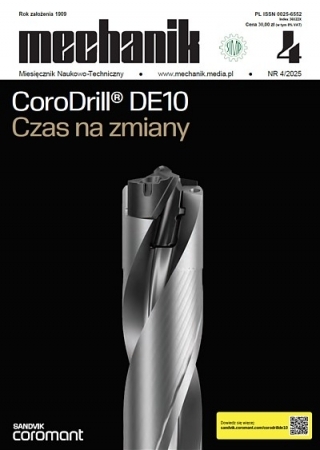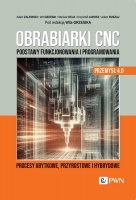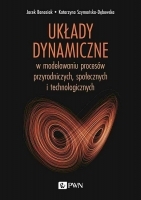Przegląd współczesnych rozwiązań technicznych wspomagających mobilność człowieka*
Review of modern technical solutions for walk assist devices
Mechanik nr 01/2015 - Różne
STRESZCZENIE: Omówiono techniczną stronę problematyki inżynierii biomedycznej pod kątem rozwiązań do wspomagania chodu. Przedstawiono m.in. mechatroniczne ortezy i egzoszkielety. Zamieszczono przykładowe kryteria, według których można podzielić dostępne obecnie urządzenia do wspomagania chodu. Zwrócono również uwagę, czy prezentowane rozwiązania spełniają oczekiwania potencjalnych odbiorców.
SŁOWA KLUCZOWE: mechatroniczne ortezy, wspomaganie chodzenia, rehabilitacja.
ABSTRACT: The article presents technical aspect of the biomedical engineering in solutions of walk assist devices (e.g. mechatronic orthosis, exoskeletons). There are presented a few criteria which can be used to select the walk assist devices. Attention is also paid to whether the presented solutions would meet the expectations of potential customers.
KEYWORDS: mechatronic orthosis, walk assist device, rehabilitation.
BIBLIOGRAFIA / BIBLIOGRAPHY:
- Elliot G., Sawicki G.S., Marecki A., Herr H. “The biomechanics and energetics of human running using an elastic knee exoskeleton”. IEEE Int Conf Rehabilitation Robotics, June 2013.
- Havas J. “The ReWalk System”. BME (2012).
- Hodgekiss A. “Stroke survivor learns to walk again thanks to revolutionary bionic leg which predicts her movements”. MailOnline health, December 2013.
- Holloway J. “ReWalk ushers in the age of the exoskeleton. Powered exoskeleton gives paralyzed woman new mobility”. ARStechnica 9 (2012).
- Kania E. „Badania rynku polskich dostawców wybranego sprzętu do kinezyterapii”. Majówka Młodych Biomechaników (2007).
- Koceska N. “Gait Training Rusing Pneumatically Actuated Robot System”. Advances in Robot Navigation, June (2011), pp. 223÷238.
- Lo H.S., Xie S.Q. “Exoskeleton robots for upper – limb rehabilitation: State of art and future prospects”. Medical Engineering & Physics, Vol. 34, No. 3 (2012), pp. 261÷268.
- Mehrholz J., Elsner B., Werner C., Kugler J., Pohl M. “Electromechanical-assisted training for walking after stroke”. Cochrane Database Syst. Rev., 7 (2013).
- Patolu V. “Reconfigurable ankle exoskeleton device. US 8366591 B2 Patent” (2013).
- Shorte K. “A portable powered ankle-foot orthosis for rehabilitation”. Journal of Rehabilitation Research & Development, Vol. 48, No. 4 (2011), pp. 459÷472.
- Sullivan K.J. “Effects of task-specific locomotor and strength training in adults who were ambulatory after stroke: results of the steps randomized clinical trial”. Physical Therapy, Vol. 87 (2007), pp. 1580÷1602.
- AlterG Bionic Leg (dostęp on-line: 03.09.2014): www.alterg.com
- Crutch-Style Walking Support Machine (dostęp on-line: 03.09.2014): www.titech.ac.jp/english/outreach/community/robot_technology.html
- Egzoszkielety – dokumentacja (dostęp on-line: 03.09.2014): http://www.infoniac.com/hi-tech/top-10-robotic-exoskeletons.html
- Toyota Independent Walk Assist (dostęp on-line: 03.09.2014): www.wired.co.uk/news/archive/2011-11/02/toyota-nurse-bots
- Walking Assistant (dostęp on-line: 03.09.2014): www.rnrassociates.com/wordpress/product-invention-rehabilitation-for-mobility
- Walking Assist Device, Walking Assist Prototype (dostęp on-line: 03.09.2014): world.honda.com/Walking-Assist
- Zombi (dostęp on-line: 03.09.2014): tech.pgs-soft.com/2011/10/27/zombie-robot-ktory-jest-samowystarczalny






















